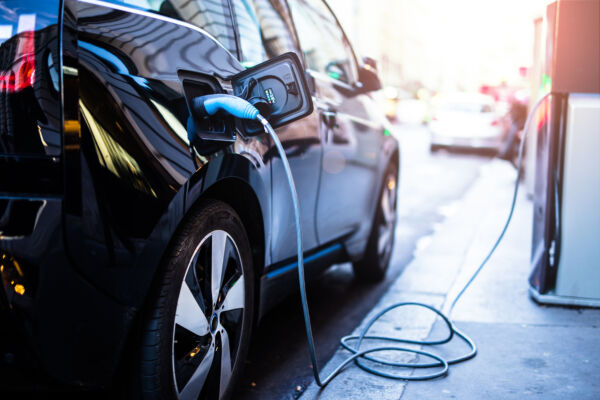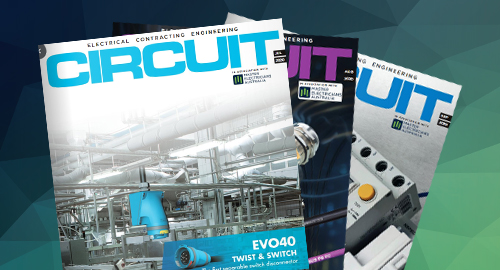Richards: When is too soon for electric cars?

Read MEA CEO Malcolm Richards’ monthly column from Circuit Magazine.
It’s probably the biggest shift in motoring in over 100 years, a pivot from fuel to electricity. The thought of driving a car that is solely reliant on electricity is now a real possibility but when is the right time to transition to renewables?

MEA CEO Malcolm Richards’s latest column from Circuit Magazine.
There are a number of considerations. Firstly, our national mindset that desires a large 4WD for our annual holiday which might be two to four weeks.
For the remaining 48 weeks of the year the vehicle is used for short trips, ferrying kids to school, driving to work and collecting groceries. I question how this investment can be economical, yet it is a mindset many of us don’t challenge and that has certainly included me. Clearly there are more considerations to buying a car than just price.
Capacity, fuel economy, image and functionality are weighted higher for some, than just price. The environment has now also come into our considerations list. New 100 per cent electric cars are priced much higher than the equivalent petrol or hybrid vehicles. NRMA reports in March 2021, 411 new all electric cars were purchased, a 151 per cent increase on the previous year. Hybrid sales rocketed 41 per cent on the previous year showing a dramatic increase during uncertain times.
Read more from MEA
- What you need to know about Queensland’s Phase 2A of the Project Trust Regime
- Updated wage sheets available for Master Electricians
- Spotless issue warning after arc flash incident
This growth has been achieved without the security of a national charging network and much of the other infrastructure needed to make them viable. A quick search of Teslas charging network show great progress has been made, but significant gaps still appear. No doubt within a few short years the network will have expanded, providing greater access not only in city locations but more regional areas as well. This will ease reliance on mobile home charges and provide the broader market with confidence, the knowledge their travels are not limited.
We are obviously still in the early adopter stage, the question is, how can we accelerate growth?
For the financial calculation to dramatically improve we need either a significant reduction in capital outlay or some other benefit for the cars to make them more productive. The Kia Nero sells for around $68,000 and harbours a significant 64kWh battery. Putting this into context the average home battery to support our solar installations is around 10kWh.
Many homeowners are outlaying significant capital on home batteries to support their solar and move the peak charging time to peak usage times. Why can’t we have both? Most new electric cars have the capacity to coordinate with a home charger setup to soak up excess generation during sunny times and give back during peak hours.
The Energy Security Board have released their 2025 paper which includes the proposal to charge customers a tax or turn their solar off when the grid goes into negative demand. This tax would fund significant billions into transmission infrastructure to shift capacity generated in solar farms to where it is needed.
At the same time little value was placed on the untold capacity of thousands of new electric cars that may be plugged in at home or work that could be orchestrated to soak the demand and support the grid during the peaks. Only when we truly value distributed energy resources, like leveraging electric vehicle batteries, which need little infrastructure will we see significant EV growth, which also rewards home owners for the value they add to the network and the community.
Master Electricians have unlimited access to MEA’s Safety, Technical, and Employer Advice hotlines. Phone 1800 889 198 for direct access to unlimited advice.